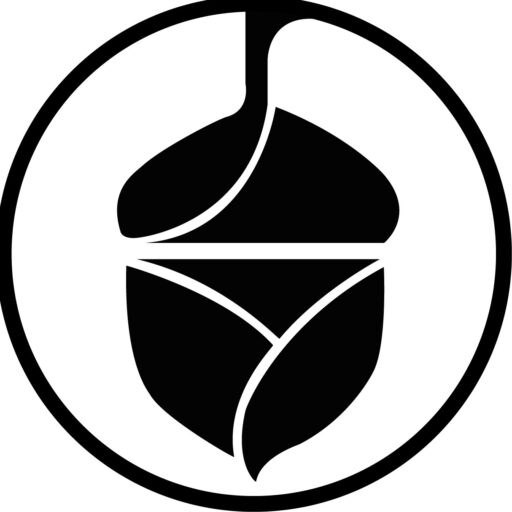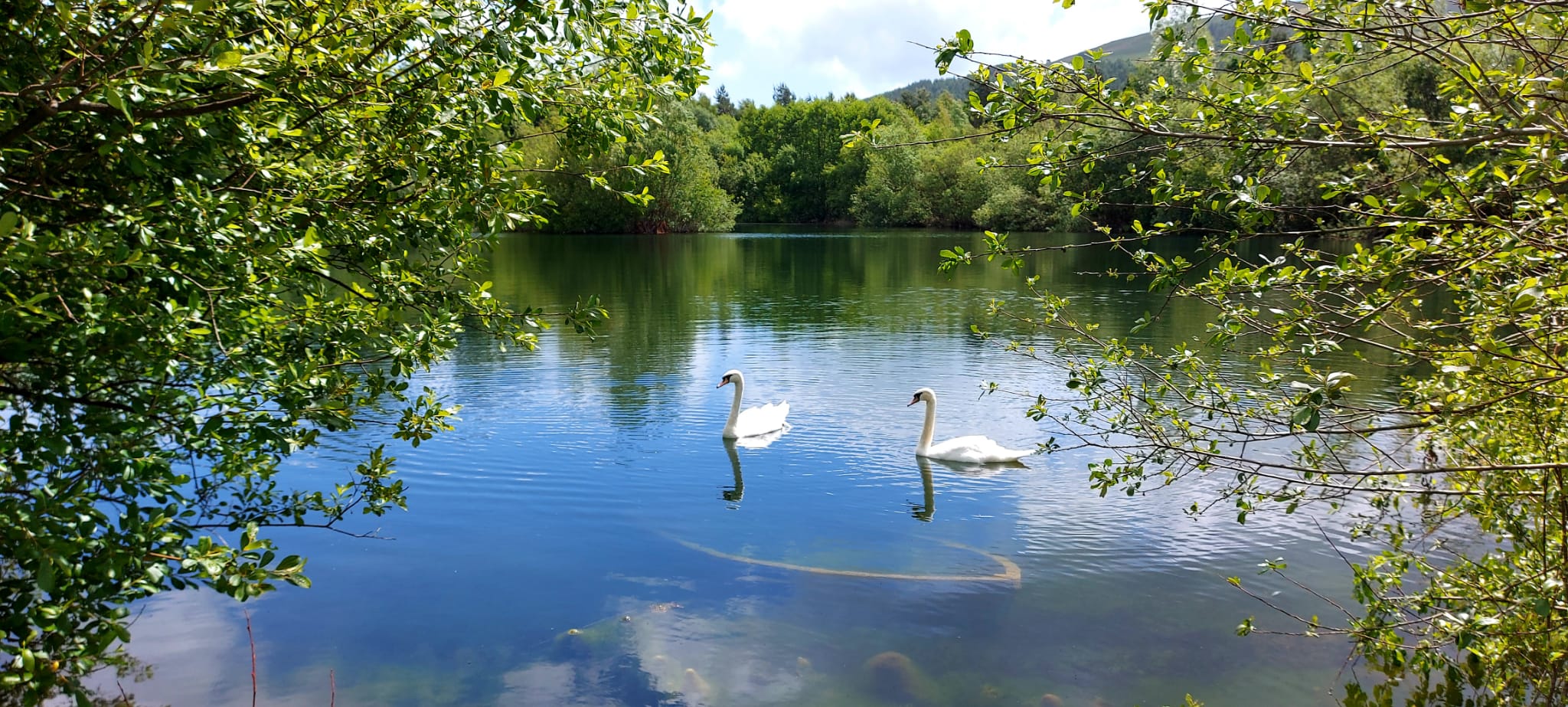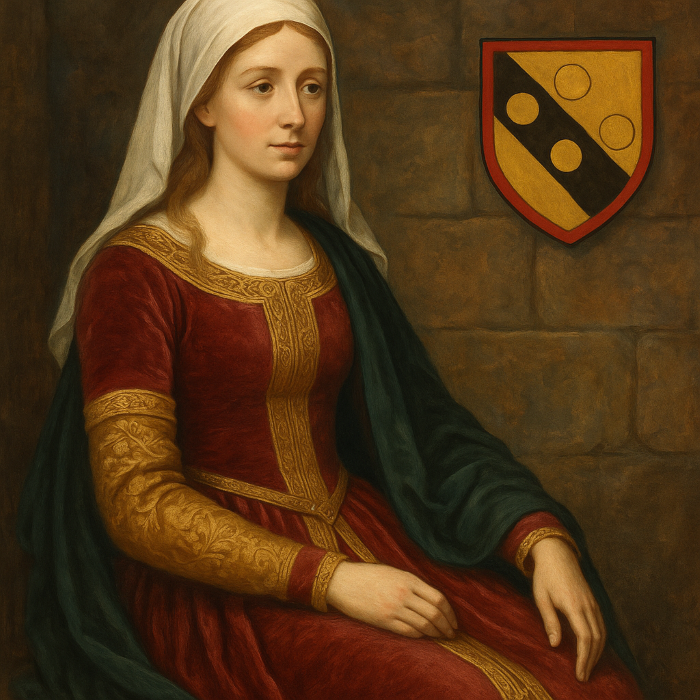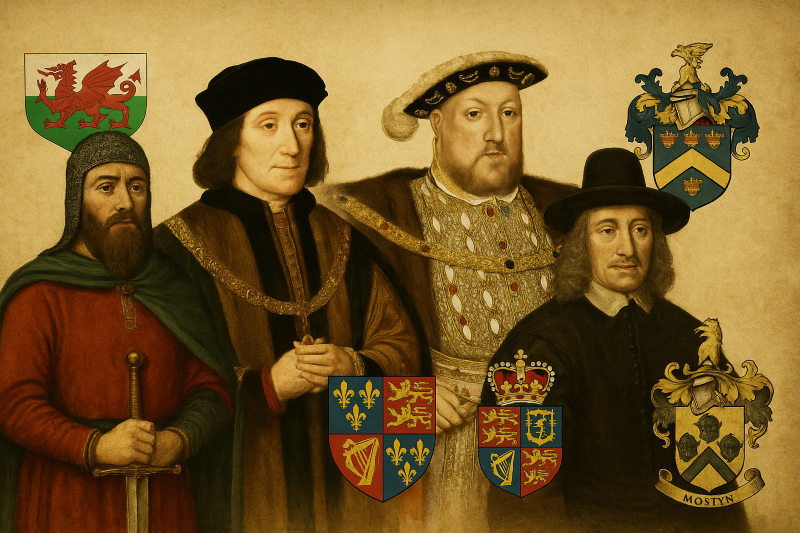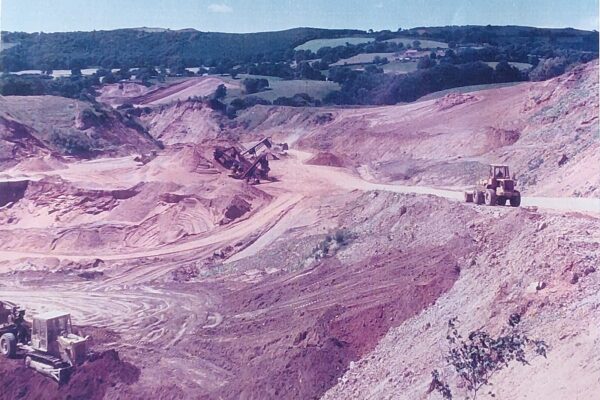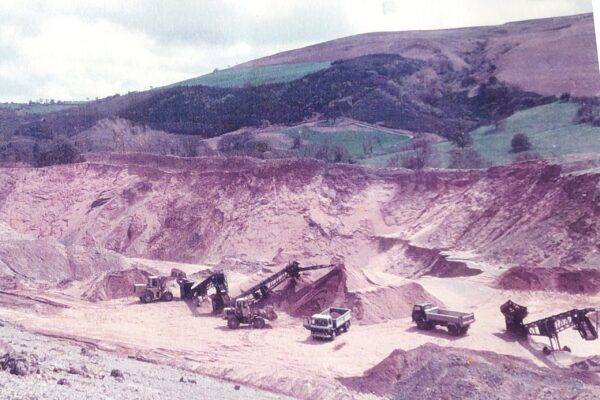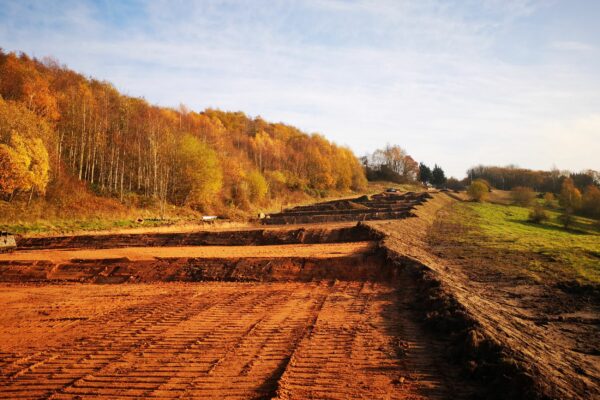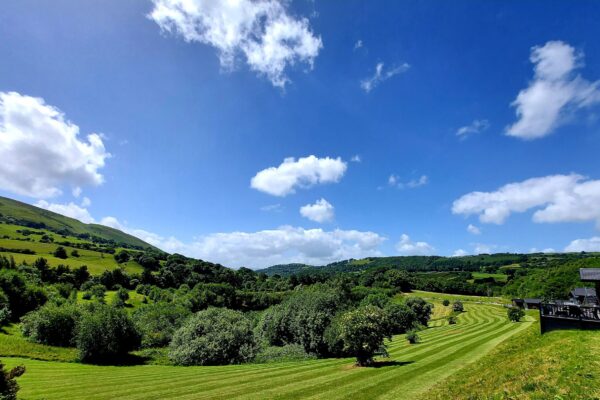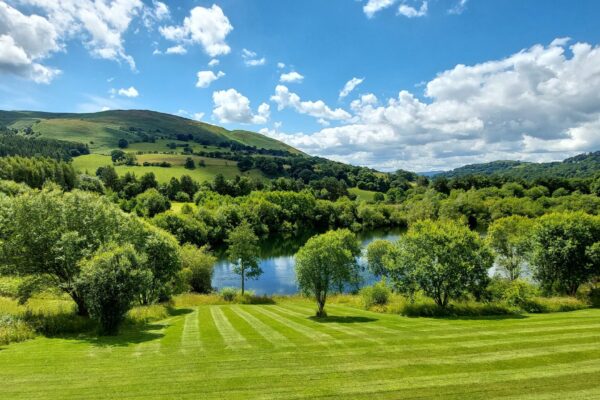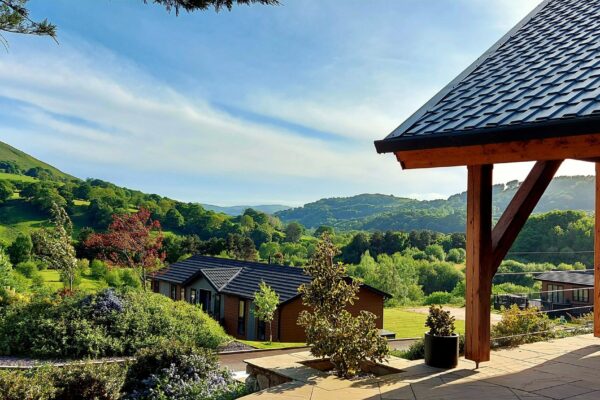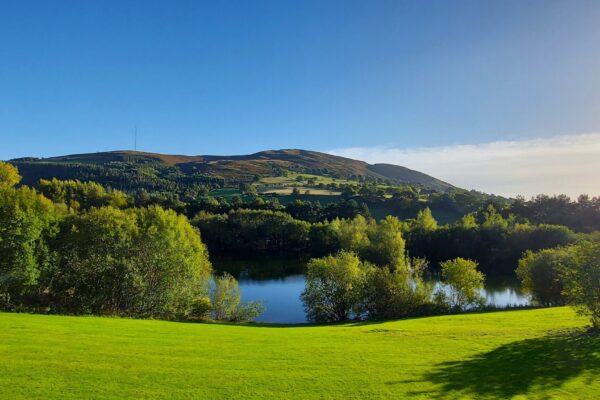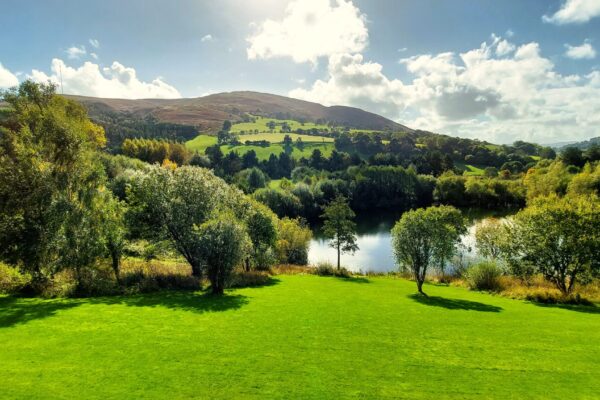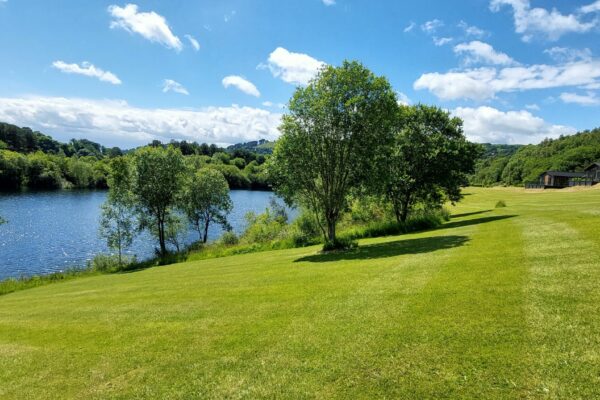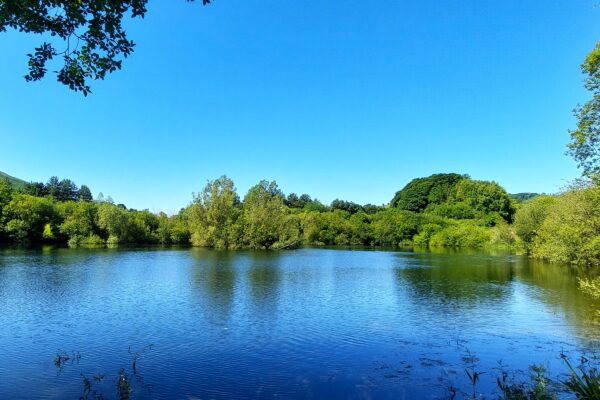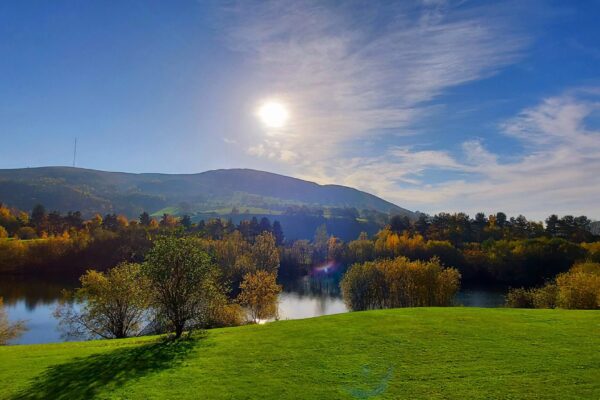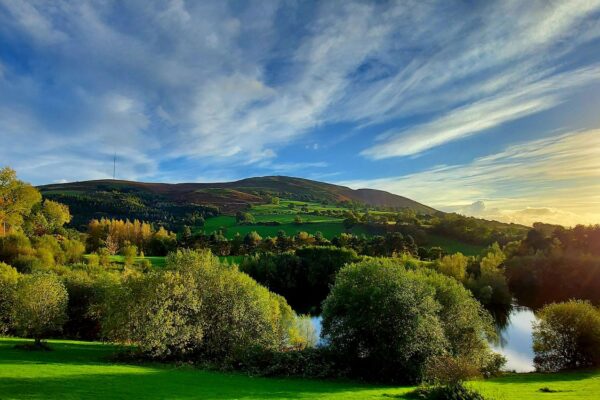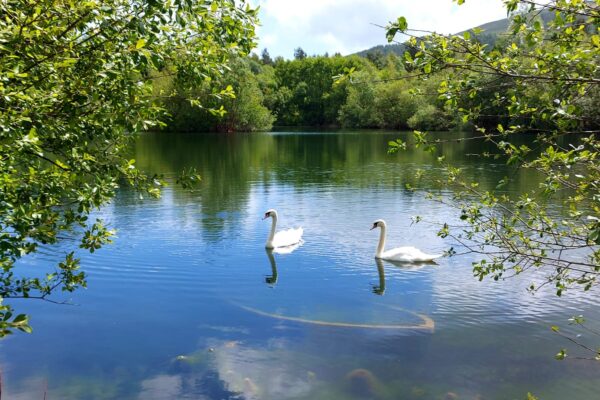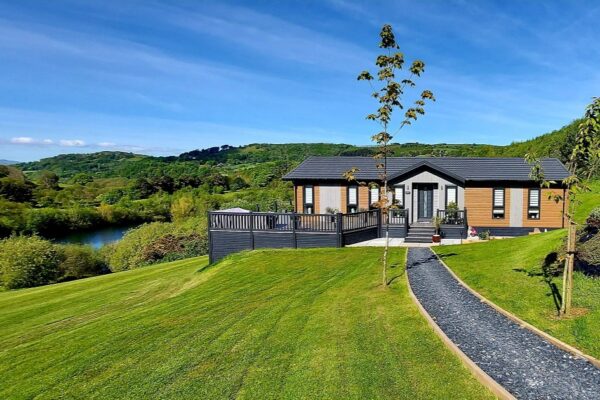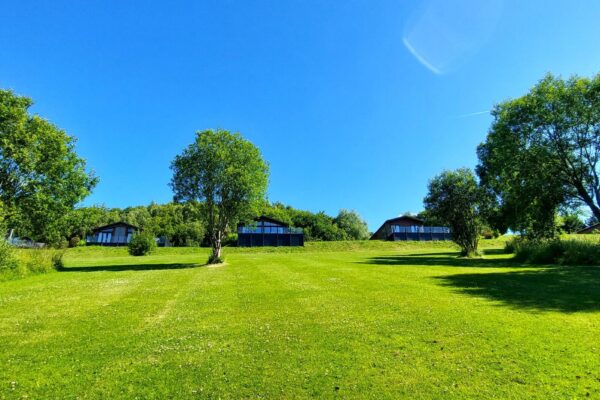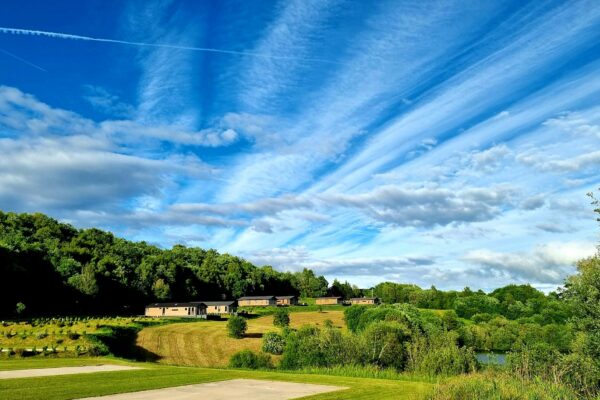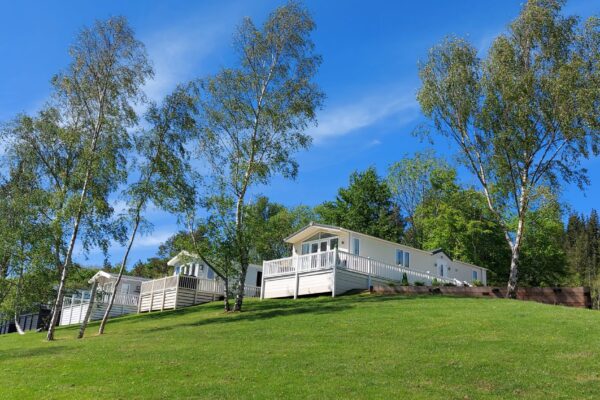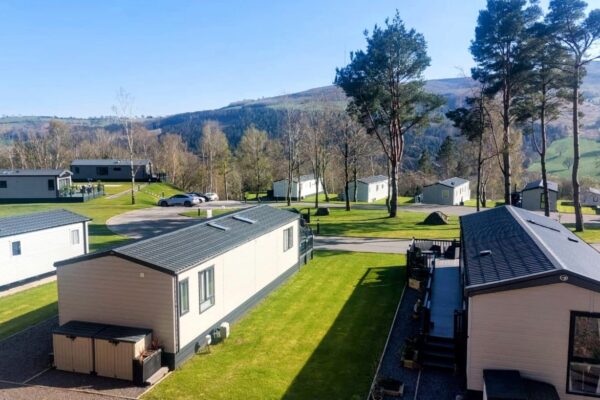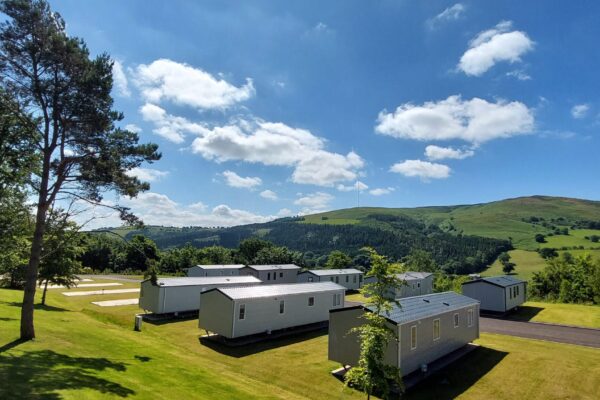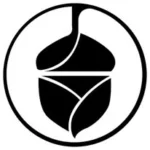Maes Mynan Park: A Journey Through Time
Tucked away in the rolling hills of Flintshire, North Wales, Maes Mynan Park is more than a peaceful retreat. Its landscape holds echoes of ancient royalty, noble estates, folklore, and even legendary giants. This is a place where the past speaks softly through the woods, lakes, and hills.
A Royal Welsh Past
Long before Maes Mynan became a holiday park, it was believed to be a llys — a royal court — of the Princes of Gwynedd. These courts were the centres of Welsh princely power in the Middle Ages, where laws were made, alliances forged, and history written.
Maes Mynan’s royal connections trace back to Llywelyn ab Iorwerth, better known as Llywelyn the Great, who ruled Gwynedd and became the de facto Prince of Wales in the early 13th century. Through his daughter, Gwenllian de Lacy, the land is believed to have remained tied to Welsh nobility even as political tides shifted.
Following the English conquest of Gwynedd by Edward I, Maes Mynan fell under Crown ownership — but it wasn’t just any monarchy that held the land. During the Tudor period, it became part of the estates owned by Henry VII and Henry VIII. This is particularly significant, as Henry VII, born Henry Tudor, was of Welsh descent. His victory at Bosworth Field in 1485 fulfilled an ancient Welsh prophecy that a “son of prophecy” (Mab Darogan) would reclaim the throne of Britain. That Maes Mynan became royal property under the Tudors adds a symbolic layer — it had come full circle, from native princes to a Welsh-born king ruling England.
🕰️ The Timeless Story of Maes Mynan
⛰️ Ancient Wales – Mythic Origins
Maes Mynan is believed to have been part of ancient hunting grounds — used by Welsh royalty and noble families. The name "Mynan" is thought to relate to sacred or peaceful land.
⚔️ 1461 – Battle of Twthill
During the Wars of the Roses, nearby Rhuddlan was the site of conflict. Maes Mynan’s surrounding lands witnessed the marches of Tudor forces and local lords aligned with Welsh rebels.
🏞️ 1700s – A Land of Gentlemen Estates
Historic maps show Maes Mynan within lands managed by landed gentry, surrounded by woodlands, lakes, and pasture — forming a peaceful retreat for elites of the era.
📜 1900s – A Hidden Gem Rediscovered
As tourism and countryside walking routes expanded across North Wales, Maes Mynan remained largely untouched — a hidden, scenic gem admired by only those who stumbled across it.
🏡 Today – A Modern Countryside Retreat
Now a carefully restored holiday park, Maes Mynan balances historic beauty with luxury living. The lakes, hills, and timeless tranquillity still define the land — now yours to enjoy.
The Legend of Mynan the Giant
Beyond its royal roots, Maes Mynan also carries the whispers of myth. The very name Mynan may be tied to a legendary figure known as Mynan the Giant — a towering protector said to have roamed the Clwydian hills.
Folklore paints Mynan as a powerful force who shaped the land with his bare hands, hurling stones across valleys and carving out lakes with his stride. Some say Maes Mynan – “the field of Mynan” – was where the giant laid down to rest, and the hills grew around him.
Today, as you wander the quiet paths, or stand in the shadow of Moel y Parc (Clwydian Range National Park), it’s easy to believe that this is a land touched by legends — both historical and mythical.
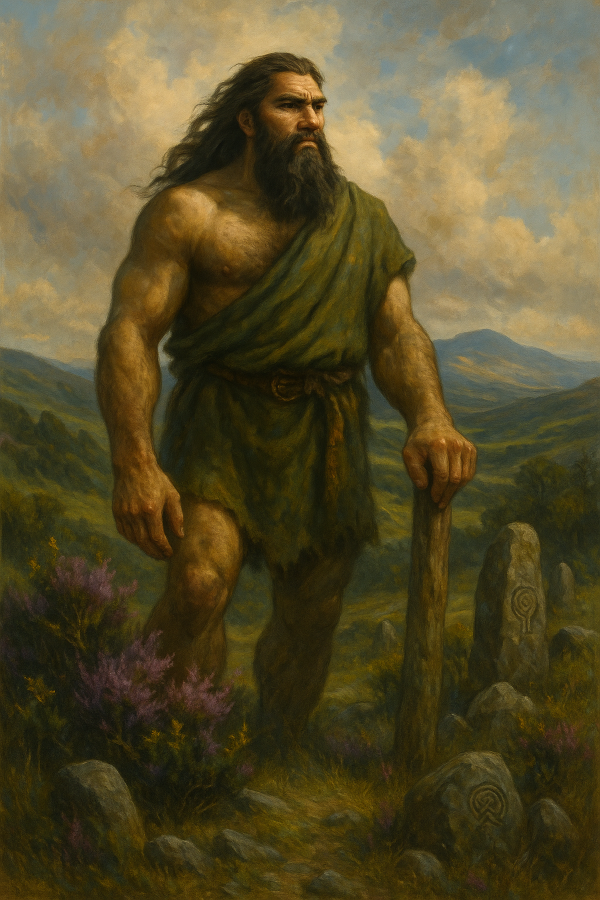
From Estate to Experimental Ground
By the 14th and 15th centuries, Maes Mynan had become a thriving agricultural estate, complete with its own deer park and mill. The estate passed through several noble families, including the de Greys, Salusburys, and Masseys, before being acquired by the Mostyn family in the 17th century. Under their stewardship, the estate gained a reputation for agricultural experimentation and scenic beauty.
Natural features such as Ffynyon Mihangel and the surrounding wooded hills became admired for both productivity and picturesque charm.
Modern Revival: From Quarry to Holiday Haven
In more recent history, part of the Maes Mynan estate was used as a sand and gravel quarry. But even then, its natural beauty wasn’t forgotten. Local farmers often called it “Little Switzerland” — a name inspired by the rolling hills, dramatic views, and tranquil charm.
It was this same beauty that captured the imagination of a young Peter Barlow in the 1990s. At just 25 years old, he dreamed of one day transforming the site into a nature-inspired holiday park. That dream never left him.
Over the next ten years, Peter worked tirelessly to acquire the land. Eventually, together with his wife Louise, the couple brought their vision to life under their family business, Acorn Leisure. Their aim was to restore and rejuvenate the landscape, creating a peaceful retreat that honoured both nature and history.
Maes Mynan Park officially opened in September 2019, inaugurated by Lord Dafydd Elis-Thomas, then Welsh Government Deputy Minister for Culture, Sport and Tourism. Today, the park is a shining example of sustainable rural development and landscape-led regeneration — a modern legacy built on the foundations of the past.
A Living Landscape
Now spanning over 100 acres, Maes Mynan Park features three lakes, woodlands, wildflower meadows, and dedicated conservation areas. It is a haven for both people and wildlife — offering bespoke luxury lodges and static caravans with stunning views across the Clwydian Range, Moel y Parc, and the Denbigh Moors.
Whether you come to relax, reconnect with nature, or walk in the footsteps of Welsh princes and giants, Maes Mynan Park offers a rare chance to experience a living landscape with a story to tell.
🌿 Did You Know?
- Henry VII, the first Tudor king and a Welshman by heritage, once owned the land at Maes Mynan – a rare link between native Welsh nobility and the English Crown.
- The name Maes Mynan is thought to mean “Mynan’s field”, possibly referencing Mynan the Giant, a mythical protector of the land.
- Local farmers once nicknamed the area “Little Switzerland” because of its breathtaking panoramic views and alpine-like charm.
- The surrounding hills form part of the Clwydian Range & Dee Valley AONB, a protected landscape rich in wildlife and ancient history.
- Moel y Parc, one of the area’s highest points, has a Bronze Age burial mound at its summit and offers spectacular walking routes today.
📜 Historical Highlights Timeline
| Period | Key Event |
|---|---|
| 13th century | Believed to be a llys (court) of Llywelyn the Great, Prince of Gwynedd |
| 1282 | Edward I conquers Gwynedd; Maes Mynan passes into English hands |
| 15th–16th c. | Estate owned by the Crown under Henry VII and Henry VIII |
| 17th century | Acquired and redeveloped by the Mostyn family, including Maes Mynan Hall (now being renovated back into a private family home). |
| 20th century | Agriculture, farming before the site was used as a working quarry for sand and gravel |
| 1990s – 2015
|
Peter Barlow envisions a luxury holiday park and was finally able to purchase the land for Acorn leisure in November 2015, when the quarry agreed to sell it. |
| 2019 | Maes Mynan Park opens, officially launched by Lord Dafydd Elis-Thomas |
🗺️ Place Names with Meaning
- Maes Mynan – “Field of Mynan” (possibly from a giant in local folklore)
- Moel y Parc – “Bald Hill of the Park”; a prominent hill with ancient significance and walking trails – part of the Clwydian Range & Dee Valley National Landscape.
- Ffynyon Mihangel – “Michael’s Well” or “St. Michael’s Well” and the church in Caerwys is St. Michael’s.
- Dyffryn Clwyd – “Vale of Clwyd”; a fertile valley of historical and strategic importance
🌲 Visit the Legacy
Looking to walk in the footsteps of Welsh princes and mythical giants?
Discover the peace, history, and natural beauty of Maes Mynan Park.
Whether you’re searching for a luxury holiday home or simply a timeless escape, the story continues — and you could be part of it.
👉 Explore Maes Mynan Park
👉 Discover Lodges & Caravans for Sale
👉 Book A Tour
👉 Contact Us
🌿 Discover Your Perfect Countryside Retreat
Walk in the footsteps of Welsh princes, explore ancient landscapes, and find your forever holiday haven at Maes Mynan Park.
📅 Book Your Private Touror Download Our Brochure to learn more
